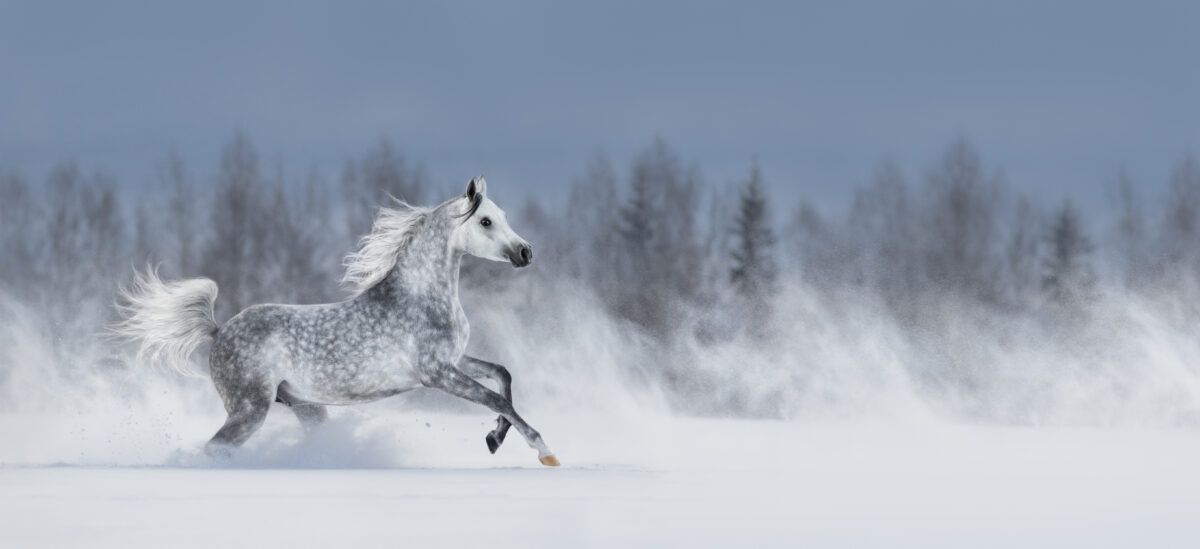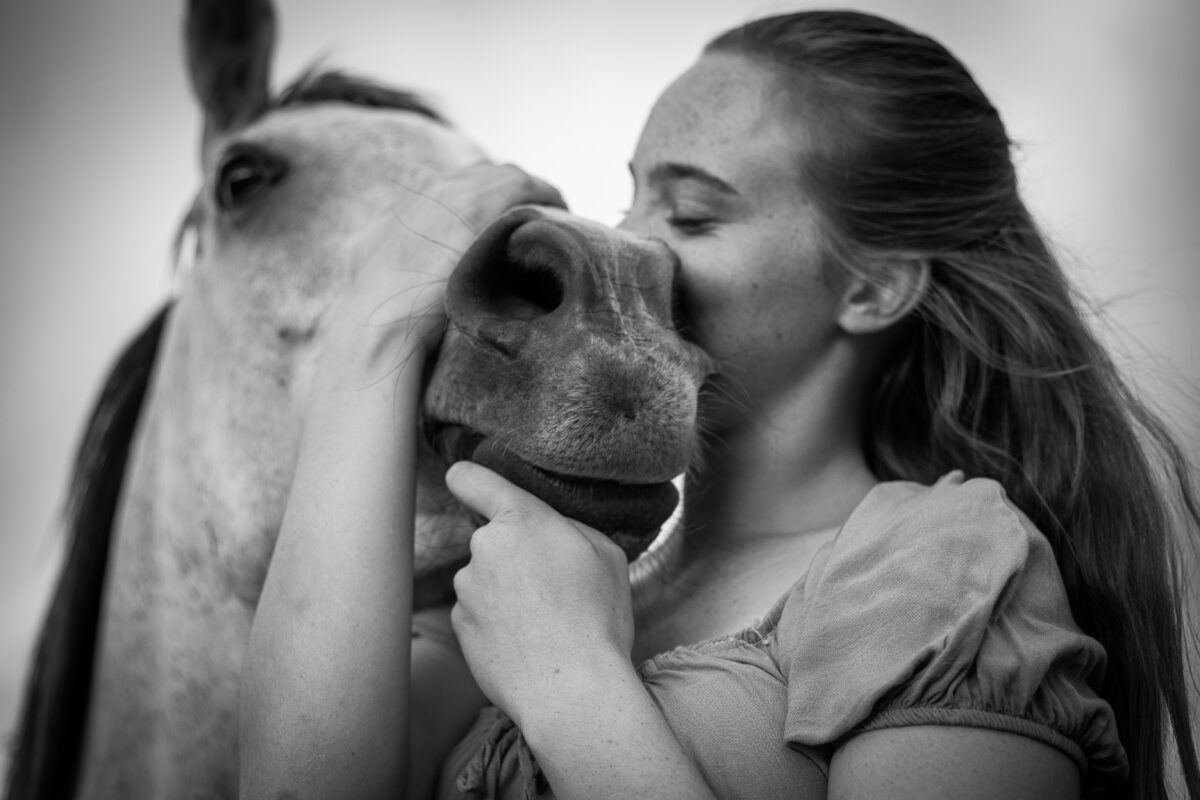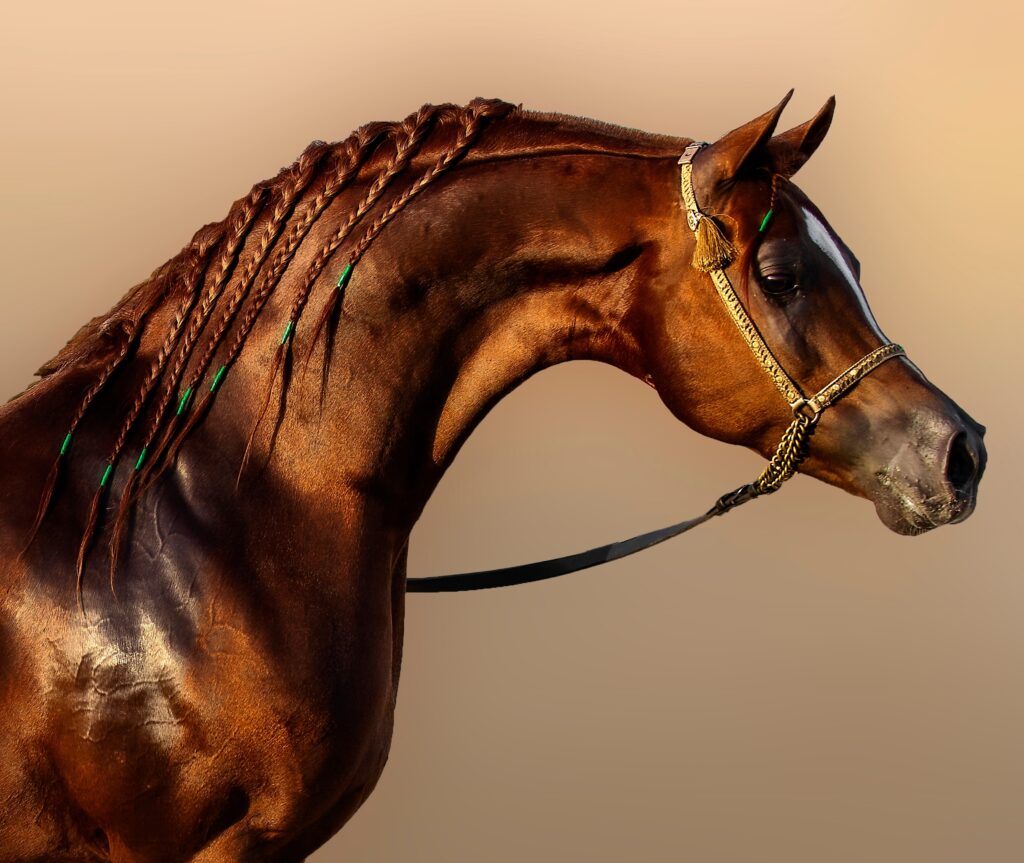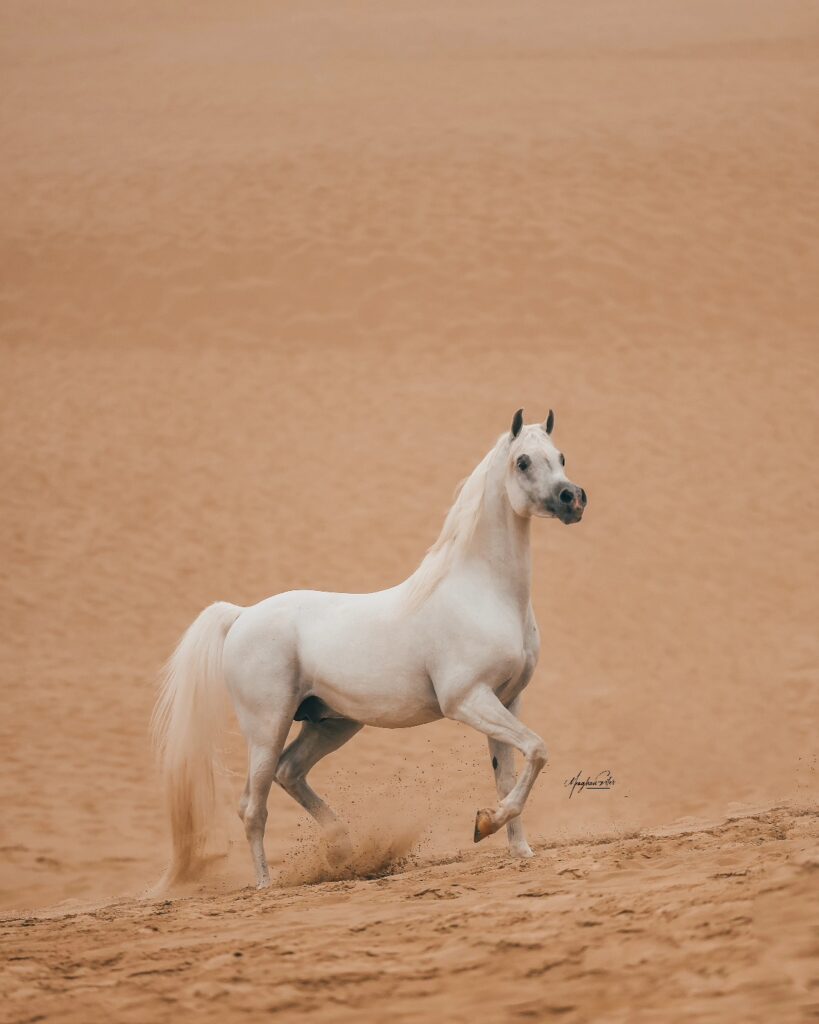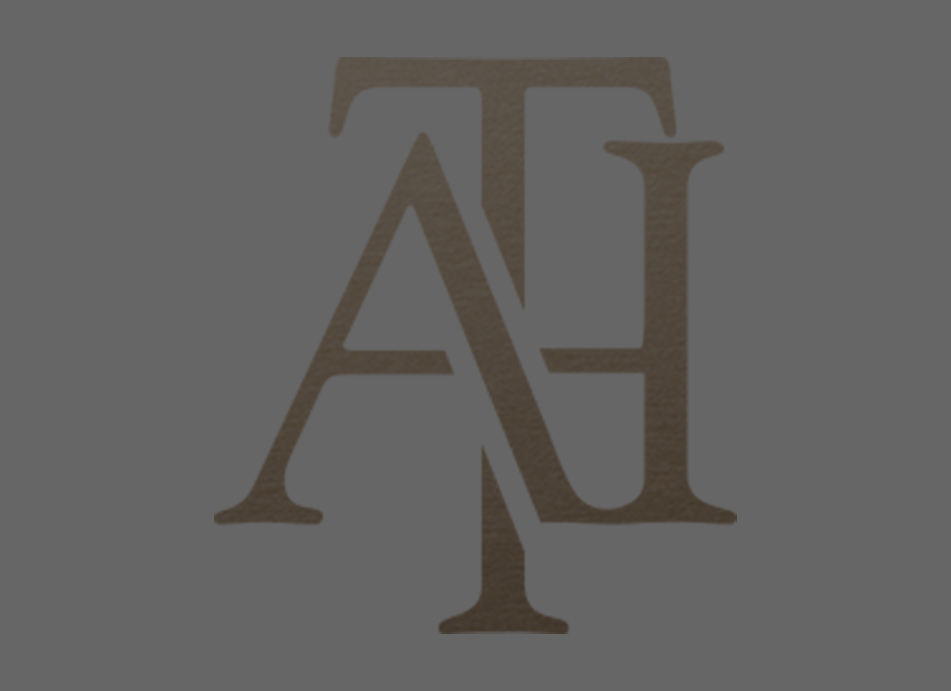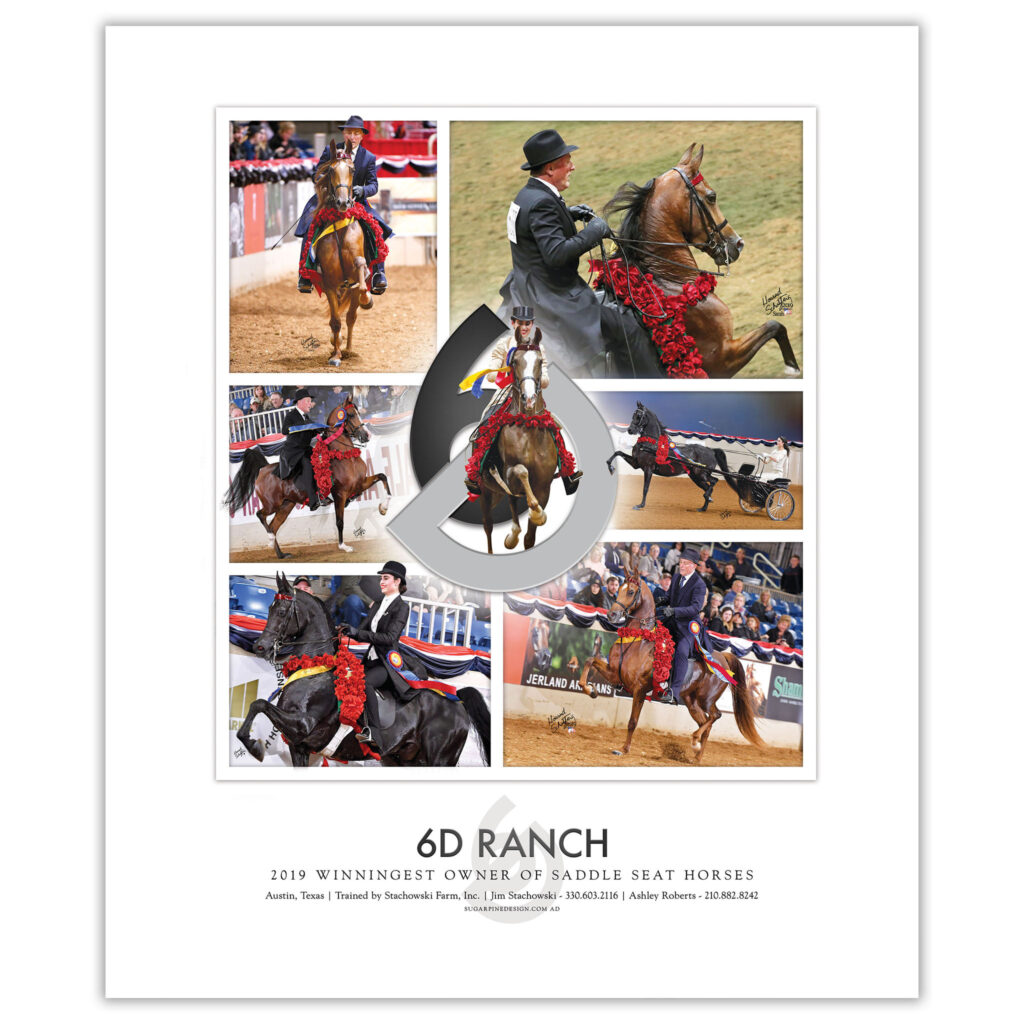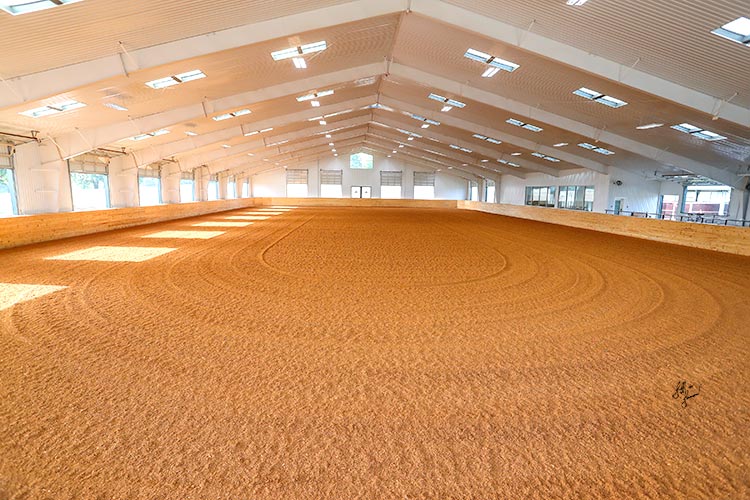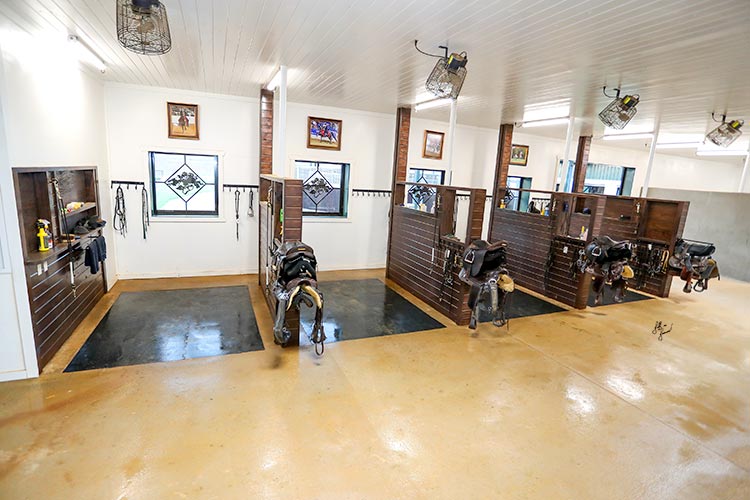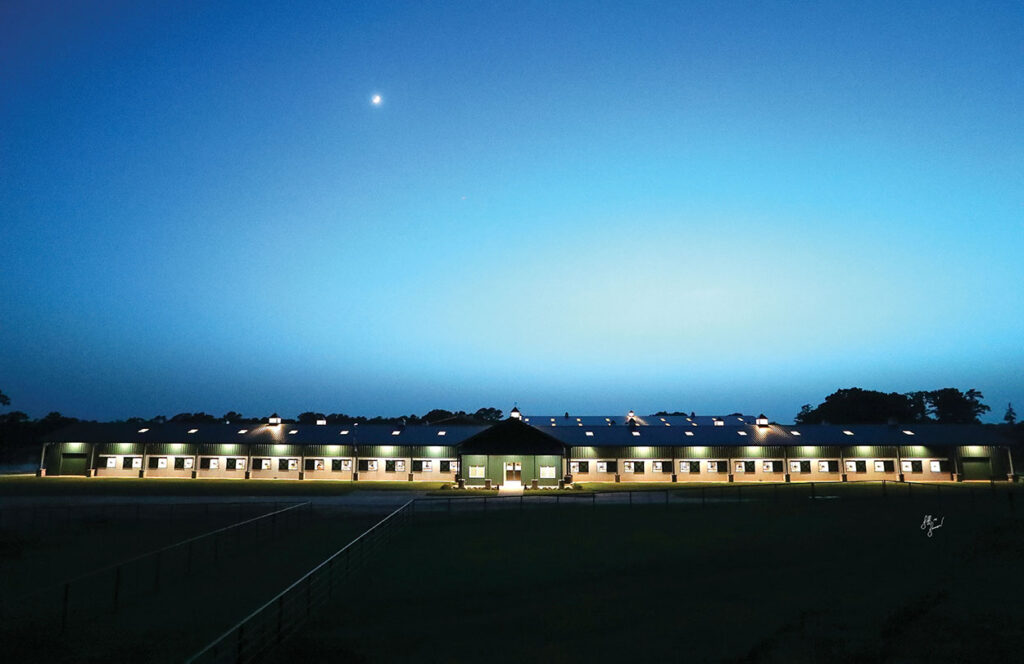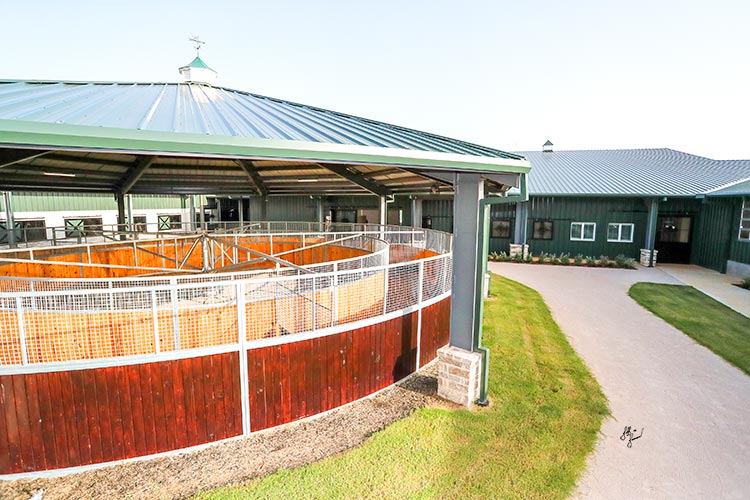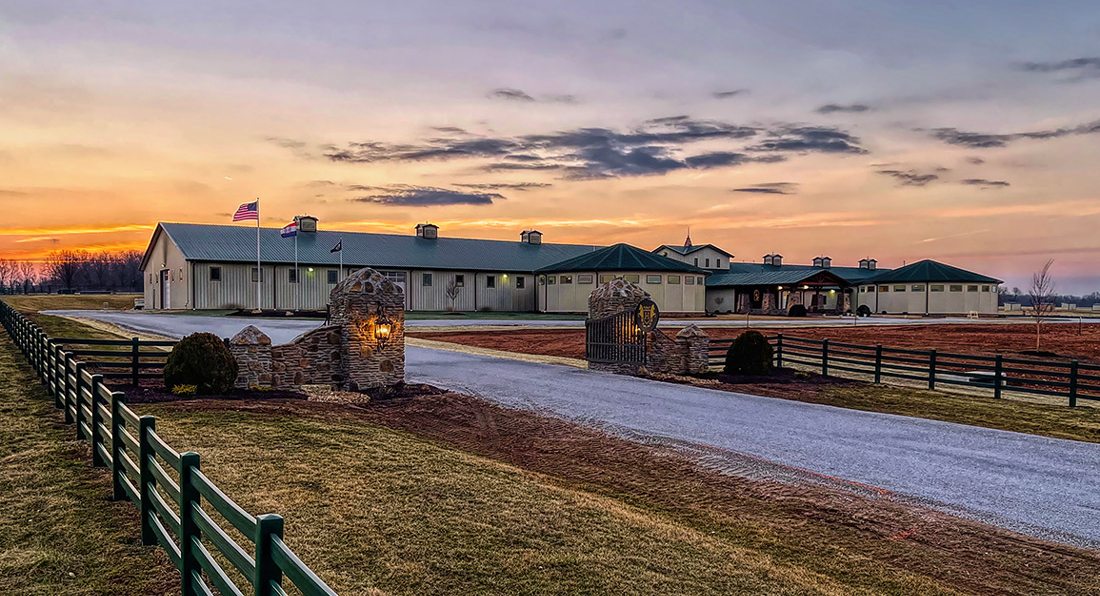How Arabian Horses Adapt to Different Climates and Environments
The Arabian horse, with its refined beauty and unmatched endurance, is one of the oldest and most adaptable horse breeds in the world. Originating in the harsh deserts of the Arabian Peninsula, the breed has evolved to not only survive but thrive in some of the most challenging environments. This natural adaptability, combined with centuries of careful breeding, has allowed Arabian horses to acclimate to a wide range of climates and terrains around the globe. Let’s explore how Arabian horses have become symbols of resilience and versatility.
Desert Origins: Built for Survival
The Arabian horse’s adaptation to extreme climates begins with its desert heritage. For thousands of years, Bedouin tribes relied on these horses for survival in arid conditions where food and water were scarce. Over time, Arabians developed unique physical and physiological traits to endure the harsh desert environment:
- Efficient Hydration: Arabian horses can survive with minimal water compared to other breeds. Their bodies are highly efficient at conserving water, which helped them endure long desert journeys.
- Hardy Hooves: Arabians’ hooves are tough and resilient, designed to navigate rocky and sandy terrains without the need for shoes.
- Compact Build: With a smaller, more compact frame, Arabians require less energy and resources to sustain themselves. Their deep chest and large nostrils enable efficient oxygen intake, supporting stamina and endurance.
- Fine Coat: Their thin coat helps regulate body temperature in extreme heat, while their skin is dense enough to protect against harsh sunlight and insects.
These traits not only ensured survival but also established the Arabian horse as a breed known for endurance, making them ideal for long-distance travel and racing.

Adaptability to Cold Climates
While Arabian horses are native to the desert, they have also proven to adapt remarkably well to colder climates. Their resilience and versatility allow them to thrive in regions with harsh winters when provided proper care:
- Thickened Winter Coat: In colder environments, Arabians grow a thicker coat to insulate themselves against the cold. This seasonal adaptation helps them maintain body heat and stay comfortable.
- Efficient Metabolism: Arabians have a highly efficient metabolism, which helps them maintain their body weight and energy levels during winter months when food may be less abundant.
- Hardy Temperament: Their calm and intelligent nature allows them to acclimate quickly to changes in weather, provided they have access to shelter and proper nutrition.
Thriving in Humid Environments
Arabian horses have also demonstrated their ability to adjust to humid and tropical climates, despite originating in arid deserts. Their genetic efficiency and durability play a significant role in their ability to cope with higher humidity levels:
- Sweat Regulation: Arabians are adept at regulating body heat through sweating, making them suitable for humid climates where heat dissipation is crucial.
- Healthy Coat Maintenance: Regular grooming and proper ventilation are essential in humid environments to prevent skin conditions like rain rot, and Arabians’ thin coat helps minimize these risks.
Success in Diverse Terrains
Arabians are known for their versatility and can excel in various terrains, from sandy deserts to rocky mountain trails and grassy plains. Their surefootedness and agility make them reliable companions for riders exploring challenging landscapes:
- Endurance in Deserts: Arabians’ legendary stamina allows them to cover long distances in hot, sandy conditions without fatigue.
- Agility on Rocky Terrain: Their tough hooves and strong legs make them adept at navigating rocky and uneven ground.
- Adaptation to Grasslands: In grassy plains, Arabians flourish with access to ample forage, showcasing their ability to adjust to more temperate environments.
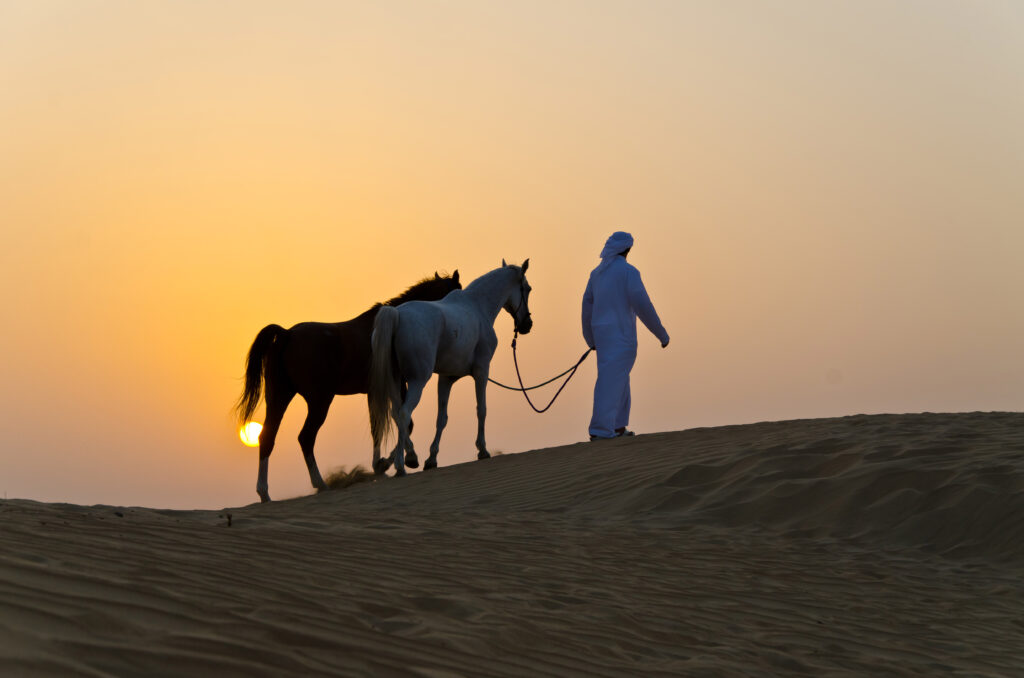
Caring for an Arabian Horse in Varied Climates
While Arabian horses are naturally adaptable, proper care and management are crucial for their well-being in different climates:
- Hot Climates: Provide access to shade, fresh water, and salt supplements to help them stay hydrated and cool.
- Cold Climates: Offer shelter from wind and snow, ensure a consistent supply of high-quality forage, and consider blankets for extra warmth.
- Humid Climates: Maintain good grooming practices, ensure proper ventilation in stables, and monitor for skin conditions.
The Modern Arabian: A Global Icon
Today, Arabian horses are found in nearly every corner of the world, thriving in climates ranging from the deserts of the Middle East to the snowy regions of Scandinavia. Their adaptability has made them a favorite for various equestrian disciplines, including endurance riding, dressage, and showmanship. Regardless of the environment, Arabians bring their signature grace, intelligence, and loyalty to every setting.
A Testament to Resilience
The Arabian horse’s ability to adapt to different climates and environments is a testament to its resilience and versatility. From the scorching sands of the desert to the icy winds of winter, these horses continue to inspire admiration for their enduring spirit and unique traits. Whether as loyal companions, competitors, or symbols of history, Arabian horses prove time and time again that they are truly one of the most remarkable breeds in the world.


